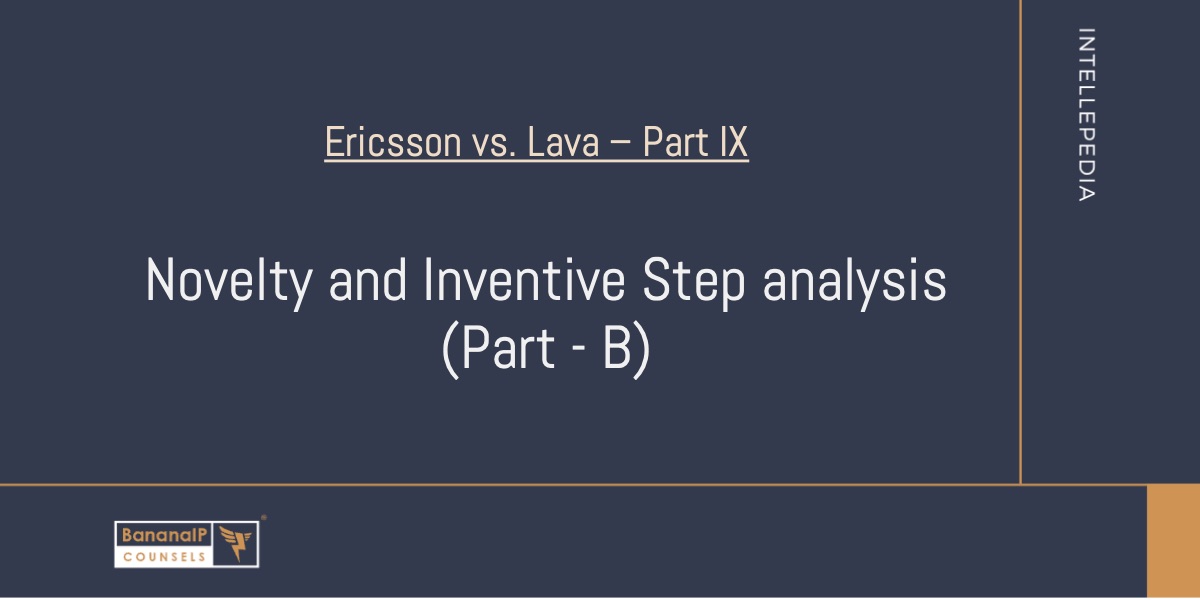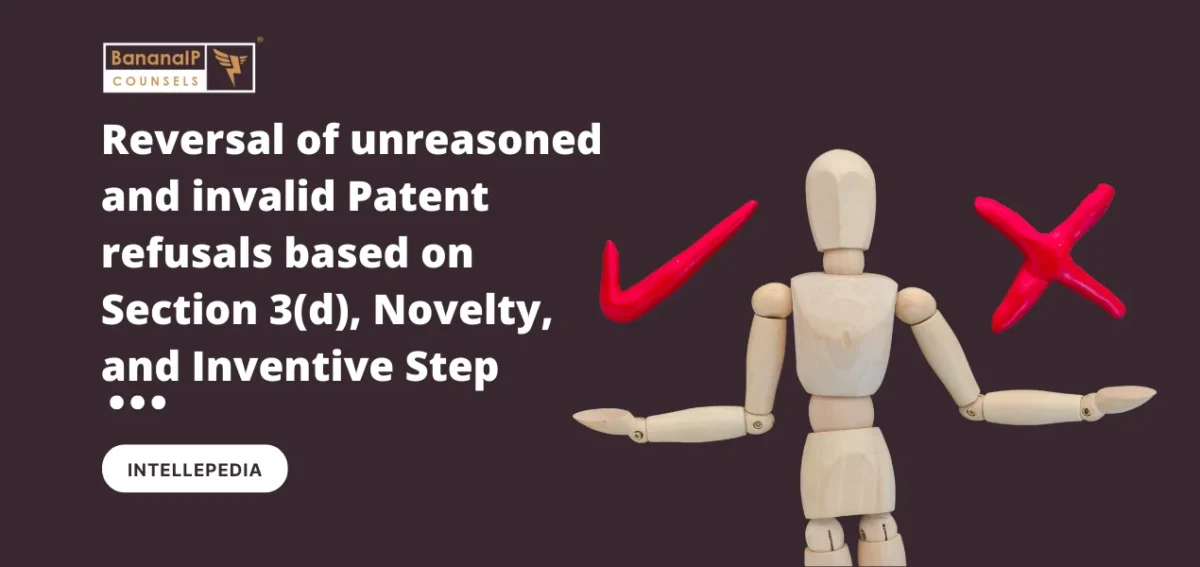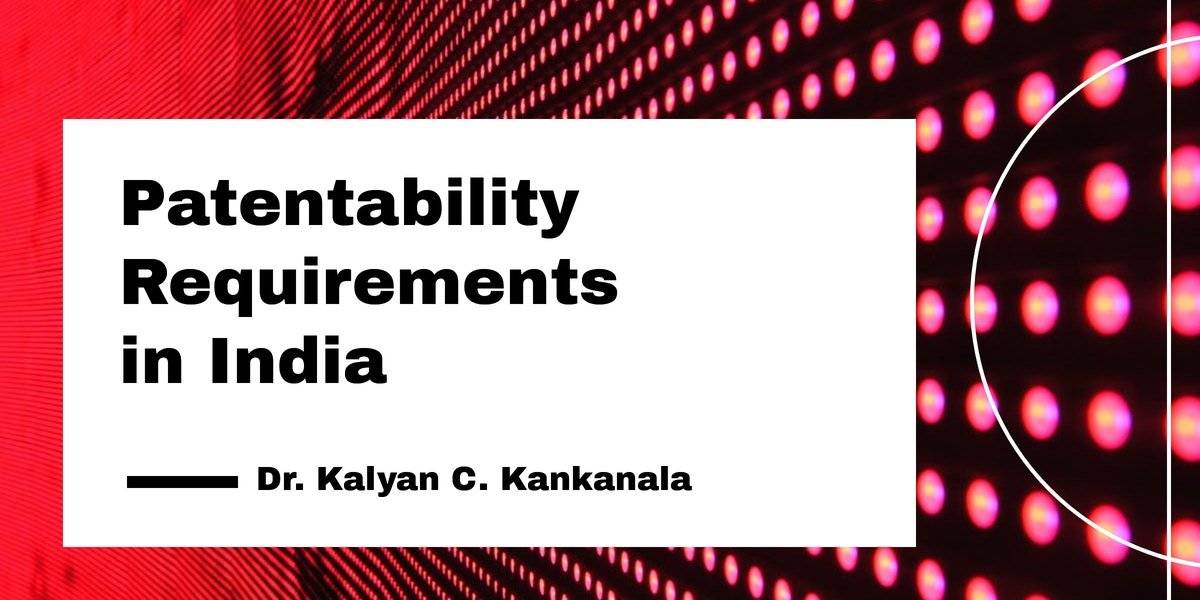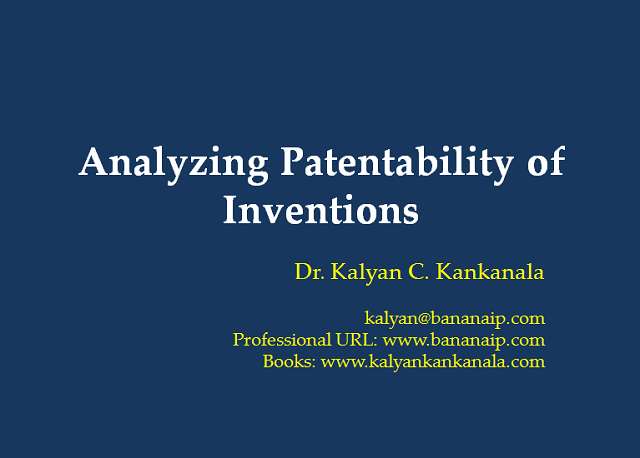This post covers the intricate legal analysis of Ericsson’s patents essential for 3G and EDGE standards, dissecting novelty and inventive step aspects. Delve into the court’s scrutiny of prior art arguments and its decision on each patent’s validity.
Read more about Novelty and Inventive Step analysis (Part B) – Ericsson Vs. Lava – Part IXTag: NOVELTY
Novelty and Inventive Step analysis (Part A) – Ericsson Vs. Lava – Part VIII
This analysis examines the novelty and inventive step of the first five patents (IN 203034, IN 203036, IN 234157, IN 203686, IN 213723) in the Ericsson vs. Lava patent case. Part A focuses on patents related to Adaptive Multi-Rate (AMR) speech codec technology (IN 203034, IN 203036, IN 234157).
Read more about Novelty and Inventive Step analysis (Part A) – Ericsson Vs. Lava – Part VIIIReversal of unreasoned and invalid Patent refusals based on Section 3(d), Novelty, and Inventive Step
Exploring recent High Court judgments overturning patent application refusals, highlighting the importance of detailed reasoning and thorough consideration in patent office decisions.
Read more about Reversal of unreasoned and invalid Patent refusals based on Section 3(d), Novelty, and Inventive StepWhat are the Benefits of working with a Patent Attorney?
A patent attorney can help companies to protect their inventions and to commercialise their technology. They can provide advice on the patentability of an invention, on the drafting of patent applications, and on infringement and validity issues. In addition, they can offer other services, such as freedom-to-operate opinions, due diligence reports, and patent portfolio management. Read More
Read more about What are the Benefits of working with a Patent Attorney?Patentability Requirements in India
The requirements for patentability of inventions can be considered as one of the most important parts of patent law. They form the basis for grant...
Read more about Patentability Requirements in IndiaAnticipation – Mere Presence of Elements Insufficient; Arrangement of Elements Imperative
This post was first published on July 15, 2014. How is the novelty of an invention established? Another question with a similar connotation is...
Read more about Anticipation – Mere Presence of Elements Insufficient; Arrangement of Elements ImperativePatentability and Section 3(d), History of Patent Law in India, Patentability of Imatinib Masylate in Beta Crystalline Form – Novartis Case Abridged by Dr. Kalyan C. Kankanala
This abridged version of the Novartis case was used by Dr. Kalyan C. Kankanala to explain to the students of UPES, the patentability requirements under the...
Read more about Patentability and Section 3(d), History of Patent Law in India, Patentability of Imatinib Masylate in Beta Crystalline Form – Novartis Case Abridged by Dr. Kalyan C. KankanalaAnalyzing Patentability of Inventions – A Presentation by Dr. Kalyan C. Kankanala at the UPES School of Law
This presentation is part of the 'Patent Law and Practice Program' being taught by BananaIP Team at UPES School of Law to B.tech-LLB Students. This...
Read more about Analyzing Patentability of Inventions – A Presentation by Dr. Kalyan C. Kankanala at the UPES School of LawWhy the Name BananaIP? Why Not?
"Are you the Bananas?" the client asked, laughing loudly when we entered. "Yes, we are," I said, laughing with her. Almost every one laughs when...
Read more about Why the Name BananaIP? Why Not?A Presentation on “Patentability Analysis” by Dr. Kalyan C. Kankanala delivered at NLSIU
The following presentation titled “Patentability Analysis”, was delivered on 17th December, 2016 by Dr. Kalyan C. Kankanala, Chief IP Attorney, BananaIP Counsels, at National Law...
Read more about A Presentation on “Patentability Analysis” by Dr. Kalyan C. Kankanala delivered at NLSIU








